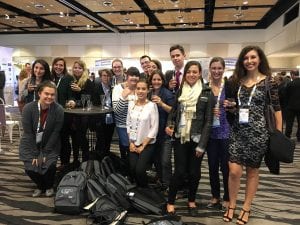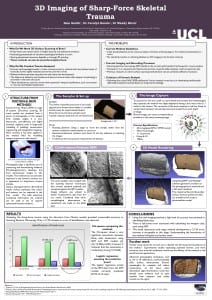UCL CFS at ANZFSS 2016
By Ruth M Morgan, on 29 September 2016
We have been in Auckland this last week, attending the Australian and New Zealand Forensic Science Society Symposium that runs every two years. It is a real highlight in the forensic science calendar, with a diverse group of delegates and really excellent quality talks sharing current research and practice across a wide range of fields from Crime Scene Investigation, Science and Justice, Chemical criminalistics, Education and Training, Biological – casework DNA, Pathology and Forensic Medicine, Botany, Fingerprints, Anthropology and Archaeology to name but a few.
We have had an excellent week, meeting other forensic scientists, sharing our research and hearing latest findings and approaches. It is also an amazing opportunity to get insights into what is happening in forensic science in the rest of the world. It has been a busy week with 19 talks from UCL researchers and 2 poster presentations, as well as meetings with colleagues and meeting new ones, but it has been an inspirational week too. It is fantastic to see the research being carried out in this field, research that is addressing the hard questions we face, and research that is paving the way forward.
One of the aspects that was particularly interesting were the papers presented on how we develop our research culture. There was a clear call for us as a community of professionals, researchers, policy makers, and lawyers to be developing ways to ensure that we approach forensic science holistically and with an appreciation of the roots of forensic science in problem solving. The idea of recapturing the crime scene as a scientific endeavour rather than approaching it as a mechanical process is a powerful one with all that means for developing valuable research, best practice and effective policy.
Thank you to ANZFSS for a great conference and looking forward to incorporating lots of what we’ve learnt into our new research projects, and to being back in two years time with new research findings to contribute.
 Close
Close








